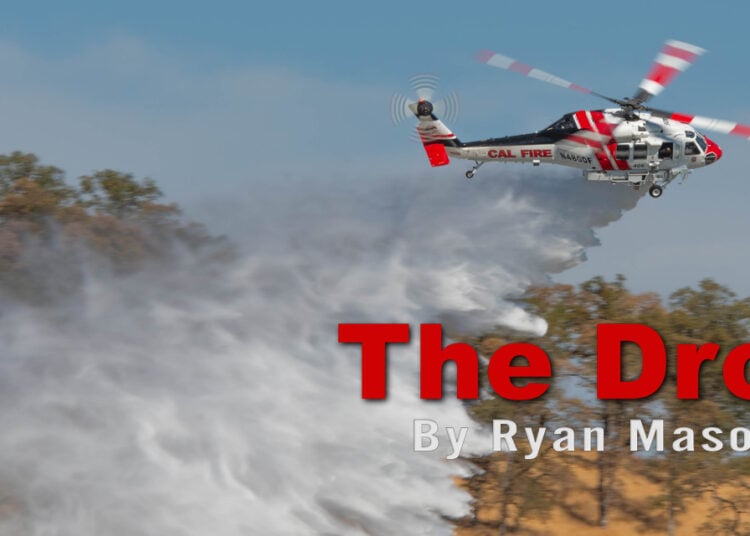The recent fires highlighted a terrible reality that resonates throughout the aerial firefighting industry. As much as we in this industry preach that early detection is the key to getting on top of a fire and putting it out, the government doesn’t often heed those warnings.
Such was the case in the Texas Panhandle during the recent firefight. Hearings held over the last week, as I write this in Pampa, Texas, highlighted the many failures of the Texas Panhandle fires, from the failure of prediction models and government entities to take preventative action ahead of the fires to the absurd, almost week-long wait for aerial firefighting assets to be deployed as the area burned.
Meanwhile, the people of the affected area watched their farmland, crops, cattle, and structures be destroyed through a mix of government paralysis preventing action from being taken. All the while, aerial firefighting operators stood ready to act, just waiting for the “go call,” which ultimately came too late. This led to the loss of over one million acres of land in one of the worst fires in American history based on acres burned.
I would assume that the frustration of aerial firefighters wanting to get into the firefight and make a difference while being left without an action order to launch is akin to a fire truck rolling up to a house burning and there being no water to put it out, all while a family watches what they have worked hard for burn to the ground.
While the state of Texas has already realized that there is a problem, having quickly convened hearings to try and get to the bottom of the issue, which is commendable, the heart of the problem is not just based at the state level. Still, it needs to be addressed at the federal level.
A quote from the recently released UAFA press release related to the Texas Panhandle states: “Unlike the swift and coordinated response of an urban fire department, the current wildfire response system is a complex web of state, local, and federal agencies often struggling to work in unison. This fragmentation leads to delays in deploying critical resources, leaving communities at the mercy of rapidly spreading flames. The recent Texas Panhandle fire serves as a stark reminder of this reality. By the time aerial firefighting assets arrived, days had passed, allowing the blaze to consume vast swathes of land, killing two people, injuring five firefighters, and inflicting billions of dollars in economic damage. At its peak spread, it was consuming two football fields a second. Much of what has burned are productive ranches, some of the largest in the nation; this will have structural impacts on our nation’s food supply chain and economy.”
Most Americans would be shocked to realize how complex it is to have an aerial asset dispatched to a pop-up fire outside the regular fire season, such as the Panhandle fire. There are multiple layers of government bureaucratic red tape to get through. With that, there are numerous levels of bureaucrats along the way, each capable of saying no to dispatching an aircraft or passing the buck to an endless number of other people with zero consequences. All while a wildfire continues to consume at times like the recent fire, a football field-sized area a second.
There are still, to this day, zero concrete policies to dispatch aircraft or a “pot of money” that can be released should a situation like the Texas Panhandle happen again. This needs to change; the sooner, the better before it costs more lives. Fires are becoming more and more frequent. We know that based on what we have seen around the world as other countries also struggle to keep up with larger wildfire threats, yet the federal government continues to ignore the issue and not make a concerted effort to formulate even the smallest bill other than increasing funding for agencies while ignoring the larger issues that will eventually cost lives. Hopefully, this will change with UAFA leading a concerted effort to make a difference as an industry in the future.
Fly Safe,
Ryan






